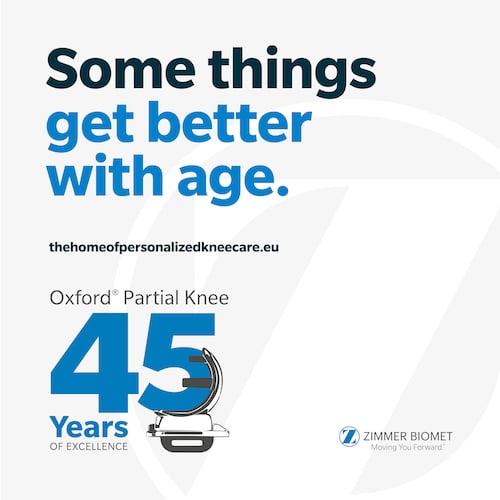According to the authors, this technique was shown
- To enable faster recovery,
- Deliver better functional outcomes,
- And lower rates of residual pain,
compared to mechanical alignment.
At short-term follow-up (max 2 years), reoperation and revision rates were similar.
Better functional scores were attributed to the nature of the technique, which is a “true knee resurfacing” and “almost a pure bone procedure” that “reproducibly restores the patient-specific femorotibial joint obliquity and soft-tissue laxity, to generate better knee kinematics, and potentially less knee balance complications compared to mechanically aligned TKR.”
Check out the paper for:
- A detailed description of the technique
- A summary of the benefits and potential concerns
- An algorithm for patient selection/exclusion
